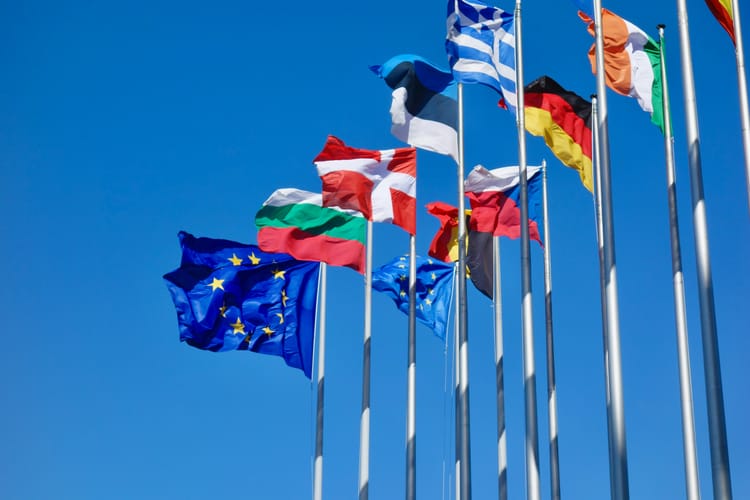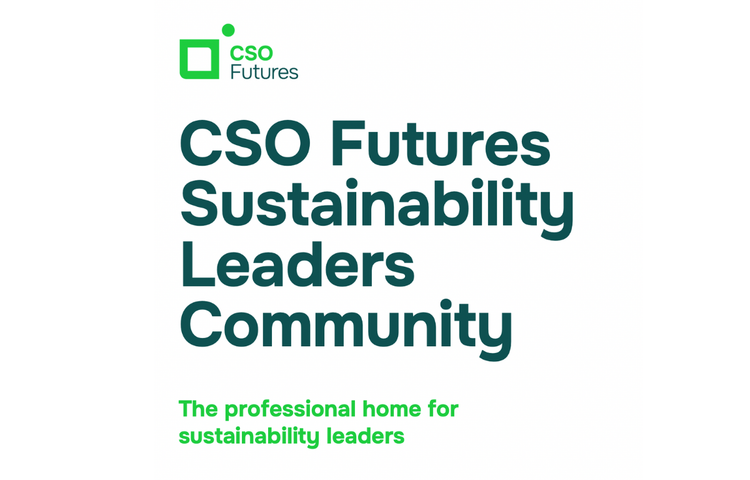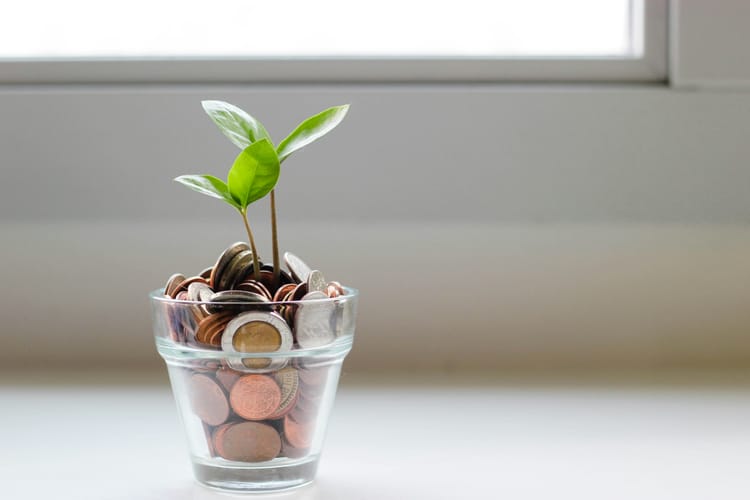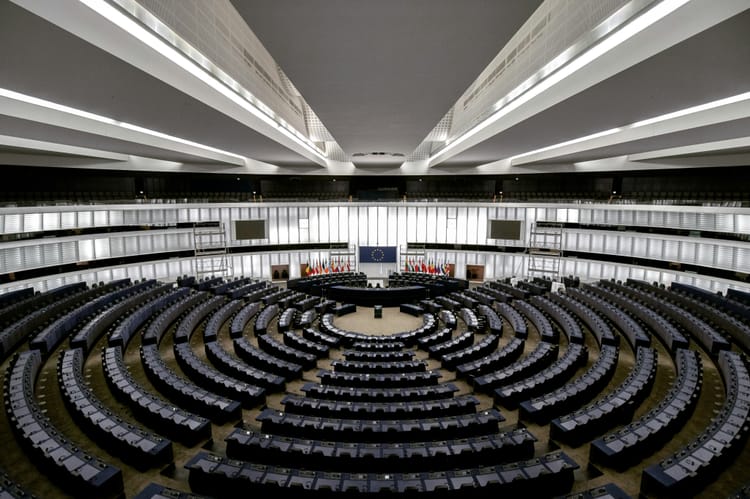Report highlights gaps and loss of momentum in circular economy investment

Investment in the circular economy remains too concentrated in conventional business models, and appears to have lost momentum since a 2021 peak of US$42 billion, according to a new report by Circle Economy.
There was a substantial increase in circular economy investment between 2018 and 2023, with total investment between 2021 and 2023 87% higher than the previous three years. On average, investment raised externally by businesses engaging in the circular economy totaled US$27 billion per year in this six-year period.
But after a peak of US$42 billion in 2021, circular economy investment struggled to keep up the pace, which according to Circle Economy “signals a loss of momentum”. The Circularity Gap Report Finance estimates that circular economy investment volumes still make up just 2% of total investment, while the vast majority of capital continues to be allocated to linear, resource-intensive activities.
“This report is a clear reminder that the global financial system still remains geared towards linear, not circular, models of resource use. Circular economy is not economically attractive and sufficiently financially supported. Market signals to producers and consumers, including financial flows, are playing a critical role, if we want the circular economy to become a norm,” commented Janez Potočnik, Cochair of the International Resource Panel.
Sector distribution and types of investment
The report differentiates investment in circular business models from investment in linear businesses transitioning to circularity. The latter receives more than a third (35.7%) of circular economy investment.
Meanwhile, investment in circular business models is split between three categories: recovery models (27.5%), use models (23.5%) and design and production models (4.7%). This is despite the fact that design and production models have the strongest potential to drive global circularity.
On a sector level, transportation and agrifood get most of the capital allocated to the circular economy, with vehicle repair, rental, and resale; online marketplaces for used electronics; and organic and agricultural waste recovery as the three circular business models receiving the most funding.
Each of these models are “relatively conventional applications of circularity that have existed for decades,” the report warns, highlighting an investment gap for innovative circular models.
Tracking circular economy investments
In the study, Circle Economy also emphasises the need to improve the tracking of circular economy investments, which is not currently reported in a consistent manner by financial institutions.
The organisation calls for financial market participants to recognise the value of circular economy business models, develop effective approaches to assess them and integrate resource risks into financial assessments.
At the same time, it argues that regulators should standardise circular economy definitions and frameworks, mandate resource risk considerations, and support the inclusion of the circular economy lens in financial sector reporting.
Finally, policymakers should “internalise the social and environmental costs of resource depletion and resource risk through a range of policy measures, remove barriers to circular economy activities, and leverage public procurement and investment to create stable demand and stimulate market growth for circular solutions,” the report adds.







Member discussion